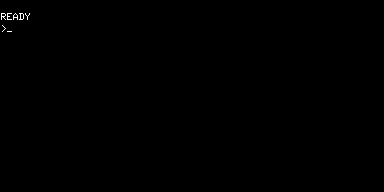TRS-80 Model I (Level I Basic)
Game Information
| manufacturer | Tandy Radio Shack |
| year | 1977 |
| genre | N/A |
| downloads | 86 |
Screenshots










Download Details
| split set | trs80.zip 4.06k |
| merged set | trs80.7z 4.03k |
| standalone set | trs80.7z 4.03k |
| artwork | trs80.zip 4.70m |
Driver Details
| source | trs/trs80.cpp |
| status | good |
| emulation | good |
| savestate | supported |
Screen Details
| display | screen |
| type | raster |
| orientation | horizontal |
| width | 384px |
| height | 192px |
| refresh | 60mhz |
Input Details
| player | 1 |
| type | keyboard |
| buttons | 57 |
| directions | N/A |
Chipset Details
| name | Zilog Z80 |
| clock | 1.69mhz |
| name | Speaker |
| clock | N/A |
| name | Filtered DAC |
| clock | N/A |
| name | Cassette |
| clock | N/A |
ROM Details
| name | size | crc |
|---|---|---|
| level1.rom | 4.00k | 70d06dff |
| mcm6670p.z29 | 1.00k | 0033f2b9 |